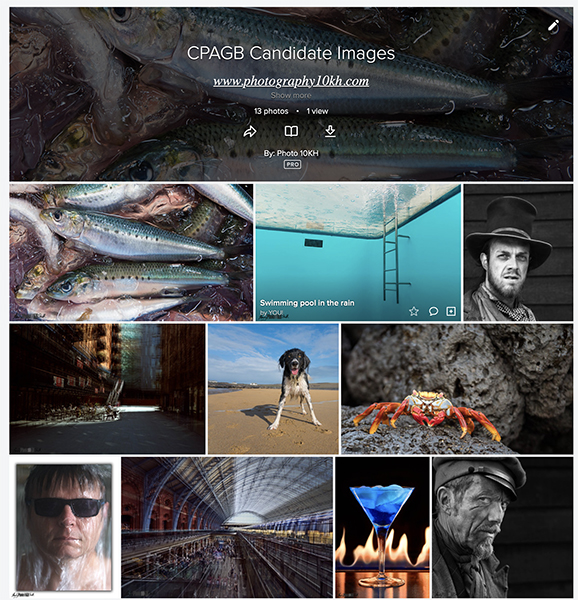
Do I have 10 images that 6 judges consider to be “Good Club Photography”?
How the CPAGB Differs from the LRPS Distinction
Hot on the heels of my Licentiateship with the Royal Photographic Society (See: “My Successful LRPS Resubmission“) I applied for the first level of distinction with the PAGB. The LRPS and CPAGB are the entry level distinctions for their respective organisation, and both require 10 images of a “Good Club Standard”.
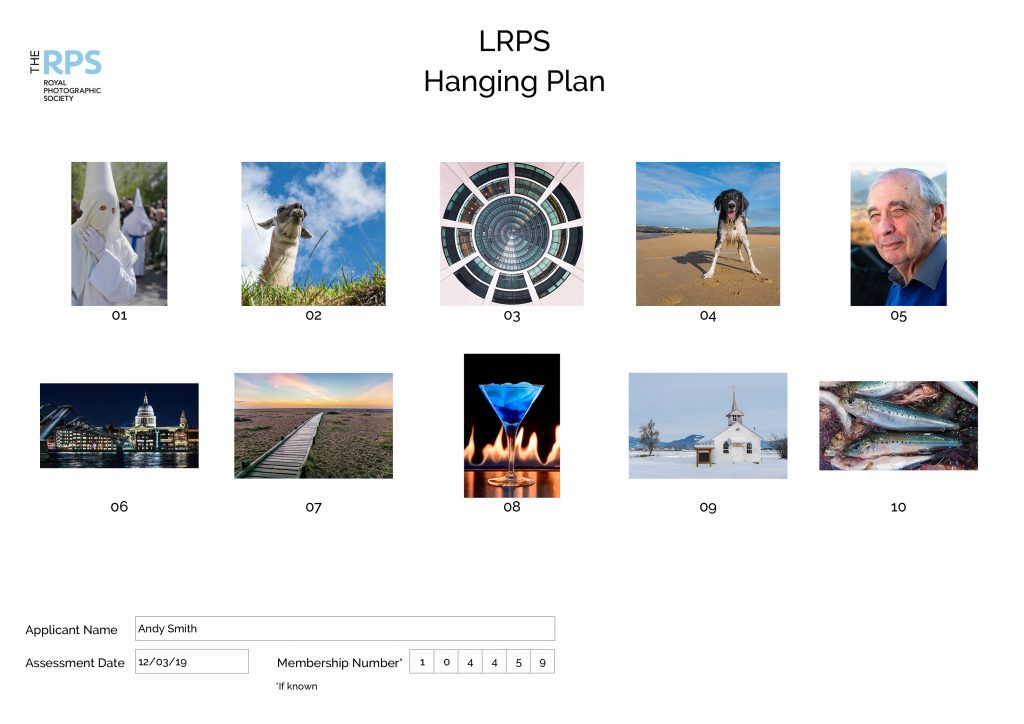
However, the CPAGB, unlike the LRPS, involves no concept of a panel, and the 10 images are judged entirely independently. 6 judges assess each of the 10 images and “vote” awarding points as follows:
- 2 – Fail
- 3 – Near miss (this, it was repeatedly stressed, is closer to a pass than fail)
- 4 – Pass
- 5 – Likely to pass at the next level up, i.e., would get a 4 at a DPAGB assessment.
A total cumulative score of 200 is required to obtain the accreditation and the lifelong right to use the letters CPAGB after your name.
DPAGB standard is “likely to do well in Open Exhibitions [FIAP Salons], achieving a very high rate of acceptance and should win an occasional award.”
The Process
In quick succession:
- Official reads the image title
- Print placed in light-box in front of the 6 judges
- Judges vote
- Print removed and different official announces the total score
- Repeat.
This leads to a very dramatic and exciting judging process. However, there is no breakdown or justification of scores. For the benefit of the audience there was a screen simultaneously showing a PDI version of the print which was arranged largely out of sight of the judges so that they judged the print.
(For applicants submitting images as PDIs, the process is exactly the same with the judges merely sitting in front of the screen).
Images and Scores
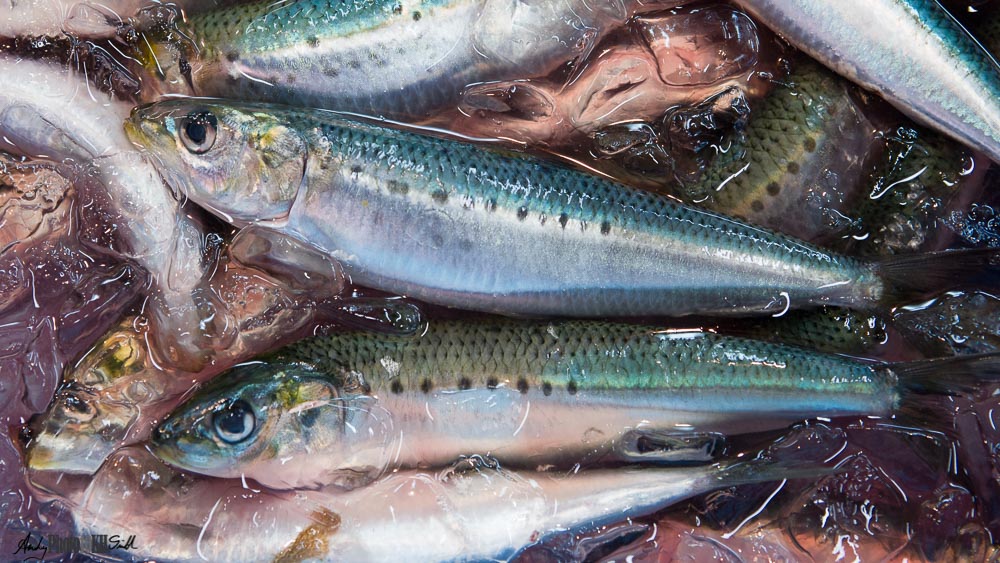
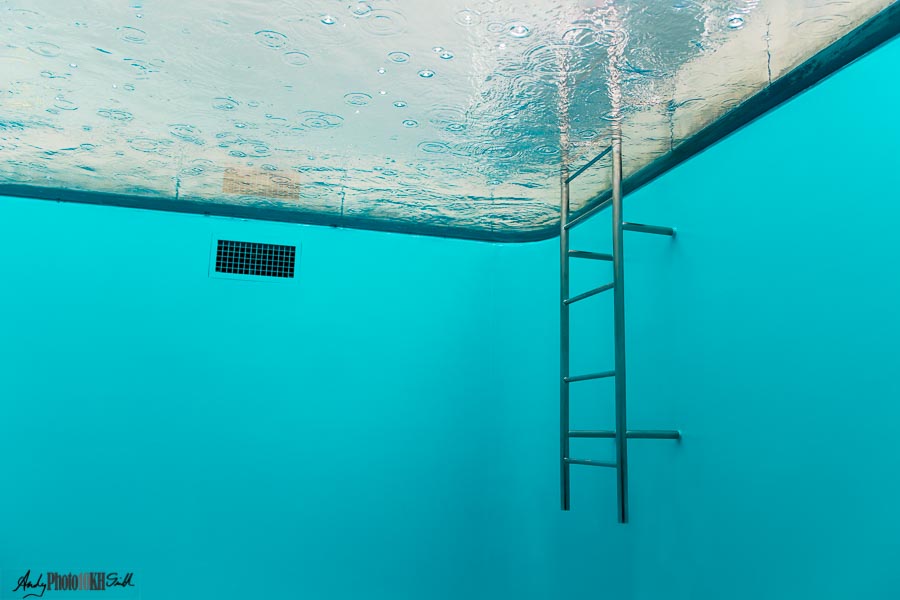
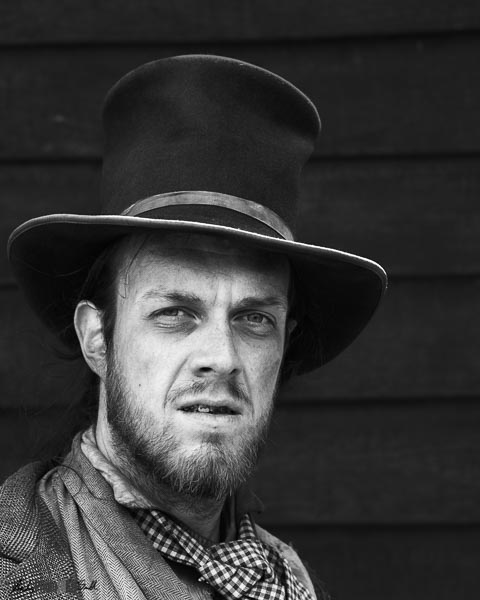
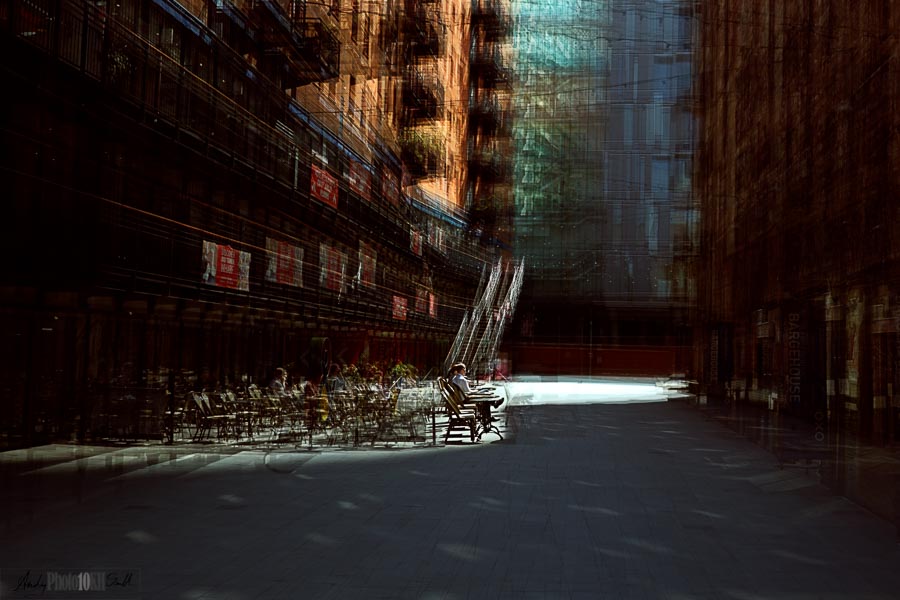
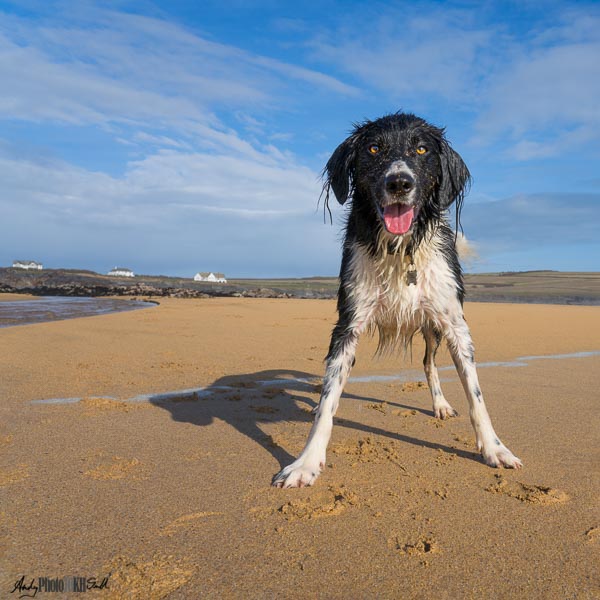

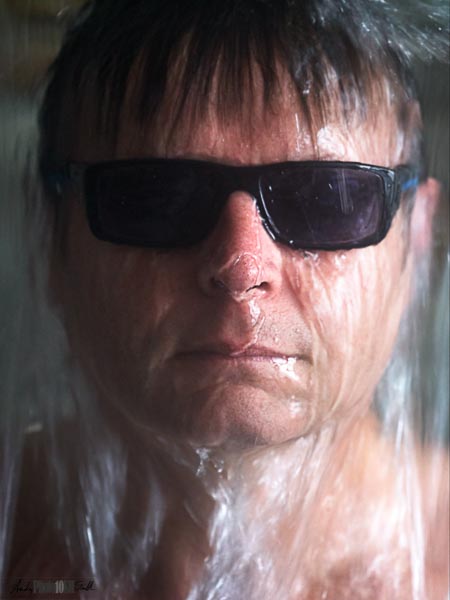
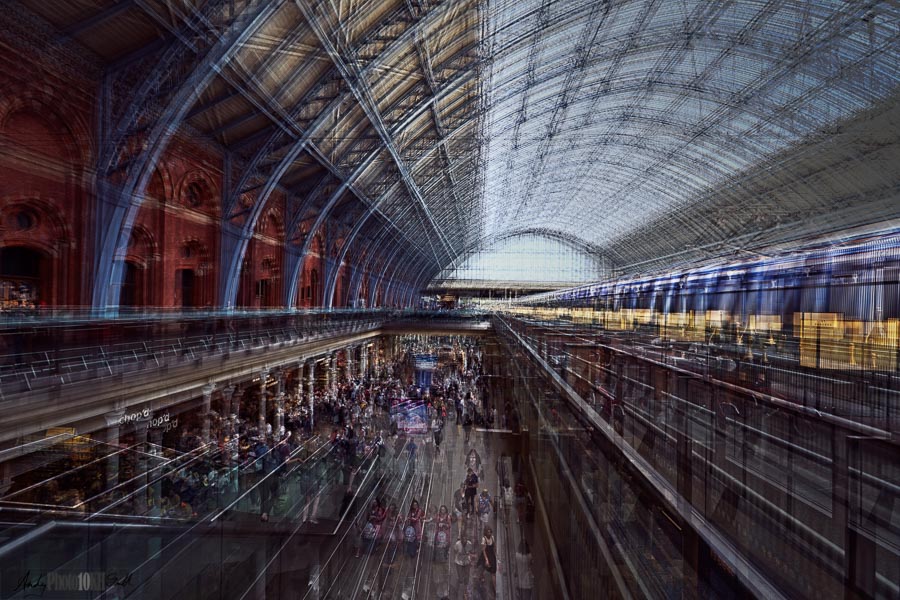
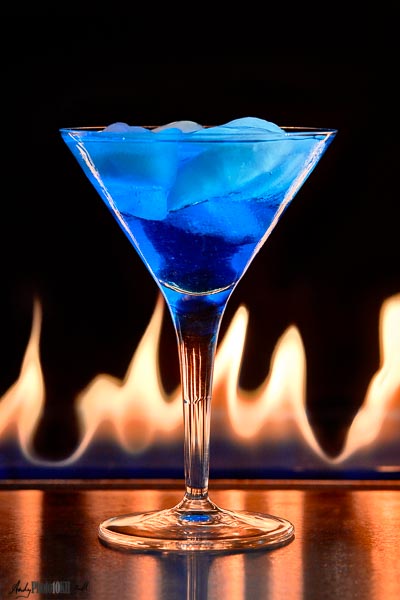
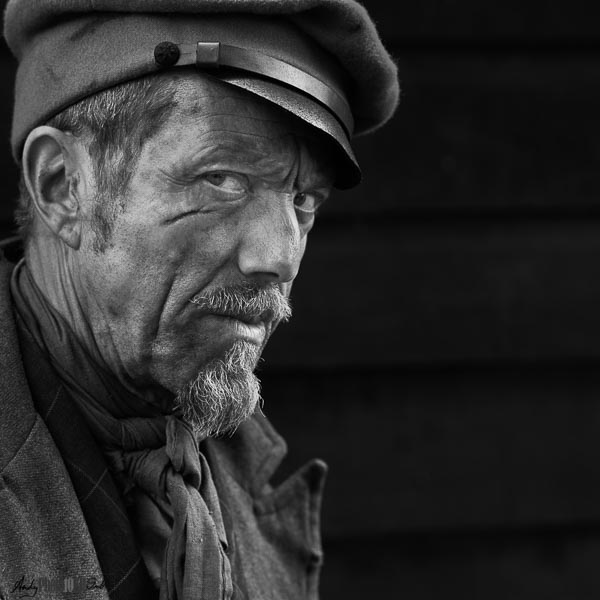
Total score: 183 – nowhere near good enough; pass mark 200.
Observations as to What did Well
Brian Ridgley, a fellow applicant from the Amersham Photographic Society, (in his case successful) suggested that nature images are safe because they are easy to score. There is a relatively easy formula, which includes:
- Sharp, definitely eyes, ideally most of the animal
- Distinct from an uncluttered background
- Doing something, i.e., not just another bird on a stick.
Such images should always get a majority of positive votes, and hence score over 20. This is less the case for Landscape, Portraits, Architecture, and particularly anything arty.
“Arty” images almost universally did badly. Other people entered what I considered to be great multiple exposures or images with intentional camera movement; all scored in the 12-17 range!
What Next
I will, of course, reenter, with different, safer images.
In the meantime I intend to build collection of images which I will test in FIAP salons; and in parallel work towards an AFIAP distinction.
I also plan to continue my passion for creative photography (See: “Dynamic Abstraction through Multiple-Exposure“) and develop these techniques towards an ARPS panel.
Notes:
PAGB: Photographic Alliance of Great Britain is the umbrella organisation above all regional photographic federations such as the CACC, Chiltern Association of Camera Clubs, of which both the Amersham Photographic Society and Stoke Poges Photographic Club are members.
FIAP: Fédération Internationale de l’Art Photographique, the international organization of national associations of photography. The PAGB is the British representative to FIAP.
Please comment below or follow me on social media by clicking on the relevant icon to the right.
Your work is good but from comments received from others already you will find the RPS and the PAGB quirky and sometimes seem unfair. Some of your work is more akin to what you might see by some AOP members.
Photoshop.
Find a professional high end retoucher/graphic designer to learn from. Ultra high standard but fast and efficient.Good images can be killed by sloppy post production.
Happy shooting.
Shiny